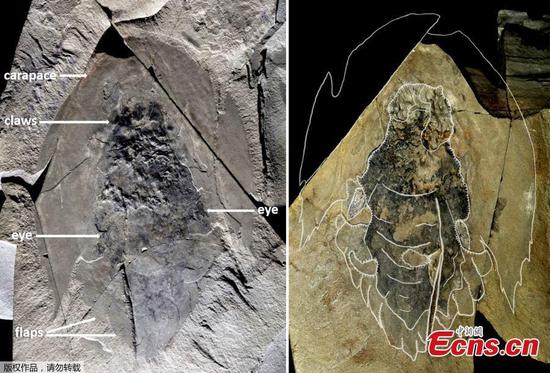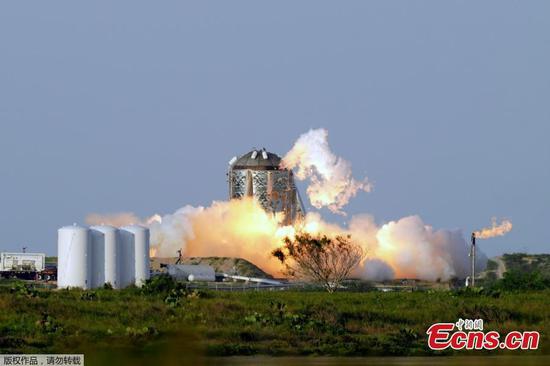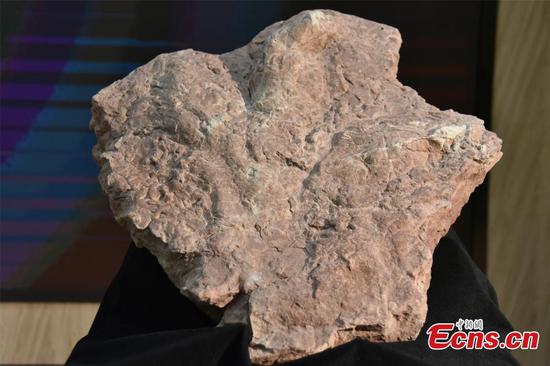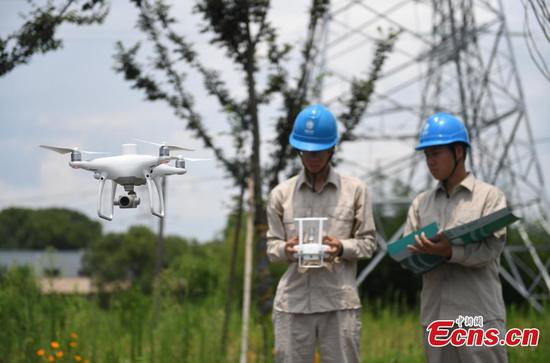
A view of the Shekou Harbor is seen in the Qianhai and Shekou Area of the China (Guangdong) Pilot Free Trade Zone (FTZ) in Shenzhen City, south China's Guangdong Province, Feb. 26, 2015. (Xinhua/Mao Siqian)
The soaring exports of Malaysian durian, Philippine fruits and Cambodian rice to China are only one glimpse of the opportunities provided by a more open, robust Chinese market.
The planting of durians has been picking up steam across Malaysia in recent years owing to an increasing demand from China, the world's largest market for this thorny and pungent "king of fruits."
In June, Chinese authorities cleared whole durian fruits from Malaysia for import, as before that only pulp, paste and processed product could be sent to China. The new move further boosted the confidence of durian plantation in Malaysia, which has seen the total durian production rise to 341,000 tons in 2018 from 211,000 tons in 2017.
Durian exports to China are expected to contribute nearly 500 million ringgit (120 million U.S. dollars) to the nation's total export value annually, said Malaysian Minister of Agriculture and Agro-based Industry Salahuddin Ayub.
Besides durian, the Malaysian government is also expecting to boost exports of other goods to China, including palm oil, petrochemical products, manufactured goods and agricultural products, according to the country's Deputy Minister for International Trade and Industry Ong Kian Ming.
ASEAN OVERTAKES U.S. AS CHINA'S 2ND LARGEST TRADING PARTNER
The 10-member Association of Southeast Asian Nations (ASEAN) became China's second-largest trading partner in the first half of 2019, overtaking the United States for the first time since 1997.
China's customs data showed that China's trade with ASEAN rose 10.5 percent to 1.98 trillion yuan (288 billion U.S. dollars) in the first half of this year, as China's trade with the U.S. dropped 9 percent to 1.75 trillion yuan (254 billion U.S. dollars).
Last year, the total volume of trade between China and ASEAN countries hit a record high of 587.87 billion U.S. dollars, up 14.1 percent year-on-year.
By the end of 2018, China has been ASEAN's largest trading partner for nine consecutive years.
Besides Malaysia, China has also become a huge market of various goods from other ASEAN member countries.
In 2018, China ended Japan's 30-year streak to become the biggest foreign market of Philippine bananas, buying a total of 1.165 million tons of bananas from the Philippines, a substantial increase of 56 percent compared to 2017, according to the Philippine Statistics Authority.
Besides bananas, more tropical fruits are entering the Chinese market from the Philippines. Figures from the Chinese government show that China bought more than 2 million tons of tropical fruits from the country in 2017 and 2018.
Over the past two years, China has also become the largest Cambodian rice importer with other agricultural products, such as cassava, maize and banana also being shipped in bulk, said Cambodia's Ministry of Commerce Undersecretary of State and Spokesman Seang Thay.
"For Cambodia, China is a huge market for our agricultural products. The more China buys our products, the more jobs and incomes there are for our farmers," he said.
The soaring exports of Malaysian durian, Philippine fruits and Cambodian rice to China are only one glimpse of the opportunities provided by a more open, robust Chinese market when the world trade is predicted to continue facing strong headwinds in 2019 and 2020 after growing more slowly than expected last year.
By the end of 2018, China has been Malaysia's largest trading partner for the 10th consecutive year. In the first six months of 2019, Malaysia's trade with China grew 10.7 percent to 57.35 billion U.S. dollars, according to the latest statistics from China.
In 2018, China was the Philippines' biggest trade partner and import origin and fourth-largest export market, Philippine Trade and Industry Secretary Ramon Lopez told the China-Philippines summit in March, adding that his country wanted to promote more exports not only of agricultural products, but also higher-value products like luxury furniture, automotive parts and electronics.
Seang Thay said Cambodia-China trade volume grew steadily from 5.8 billion U.S. dollars in 2017 to over 6 billion dollars in 2018, and is expected to hit 10 billion dollars in 2023.
CHINA, ASEAN UPHOLD MULTILATERALISM AGAINST RISING PROTECTIONISM
Against the backdrop of rising protectionism, China and ASEAN have been staunchly upholding rules-based multilateral trading system and earnestly promoting regional integration.
China has been one of ASEAN's most important trade and investment partners and vice versa, thanks to geographic proximity and strategic partnership between the two sides. Multilateral and bilateral free trade agreements have significantly boosted China-ASEAN trade and investment relations, Cambodian Ministry of Commerce Undersecretary of State Seang Thay told Xinhua.


















































